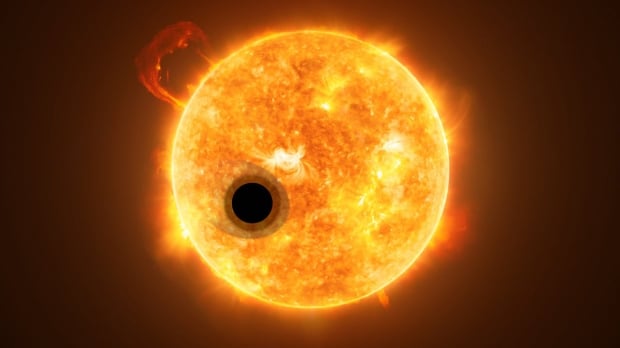A study on the planets titled "Detection of Atmospheric Escape from Four Young Mini Neptunes" has been submitted to the The Astronomical Journal and is awaiting peer review.
Researchers from the California Institute of Technology (Caltech) have analyzed three newly discovered exoplanets known as mini-Neptunes, and a fourth mini-Neptune discovered earlier this year. The previously known one is TOI 560b, and the three new ones are TOI 1430.01, TOI 1683.01, and TOI 2076b, with all of them being between 2.1 and 2.8 times the size of Earth.
The four mini-Neptunes exist relatively close to their host stars and have been observed steadily losing their atmosphere to said stars. Mini-Neptunes are a class of exoplanets (a planet found outside of our solar system) denoting planets larger than Super-Earths (exoplanets that have between 1 and 1.5 times the radius of Earth) but are smaller than Neptune. Very few exoplanets have been found with radii between 1.5 and 2 times the radius of Earth in what's known as the small planet gap.
The gap is theorized to result from a critical limit, above which exoplanets with enough mass can maintain an atmosphere, making them large enough to be classified as mini-Neptunes. Below this limit, they cannot support an atmosphere and either lose them or never had one to begin with, resulting in super-Earths. One such pathway for the disappearance of the atmosphere is photoevaporation, where intense radiation from a host star strips away, which appears to be the case for the four shrinking mini-Neptunes here.
"Our results demonstrate that most mini-Neptunes orbiting Sun-like stars have primordial atmospheres, and that photoevaporation is an efficient mechanism for stripping these atmospheres and transforming these planets into super-Earths," wrote the researchers.
You can read more from the study here.



